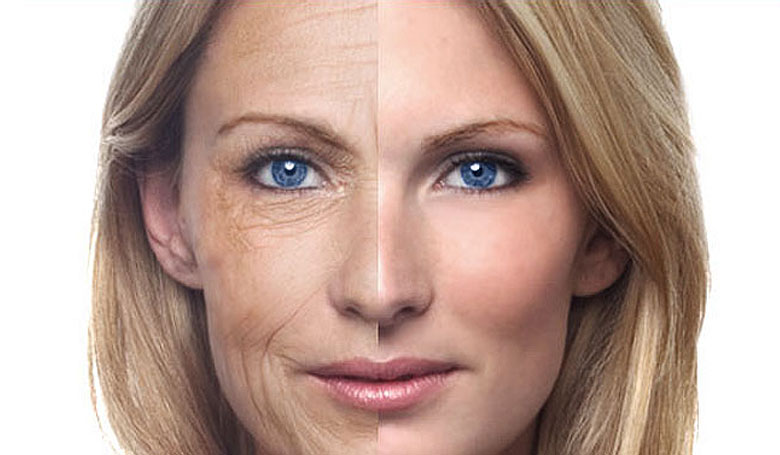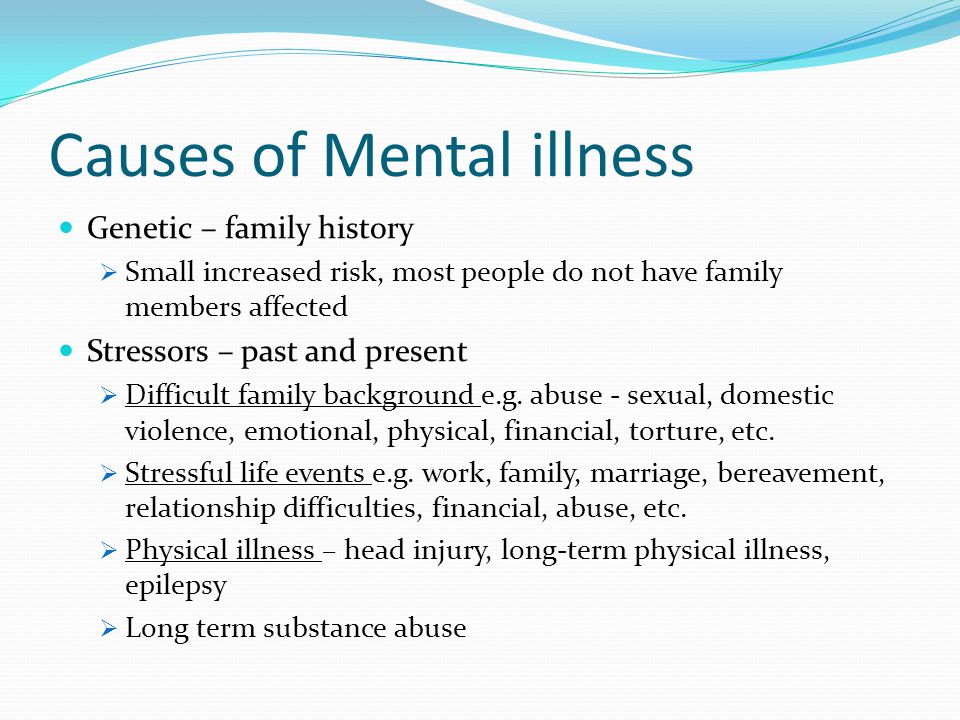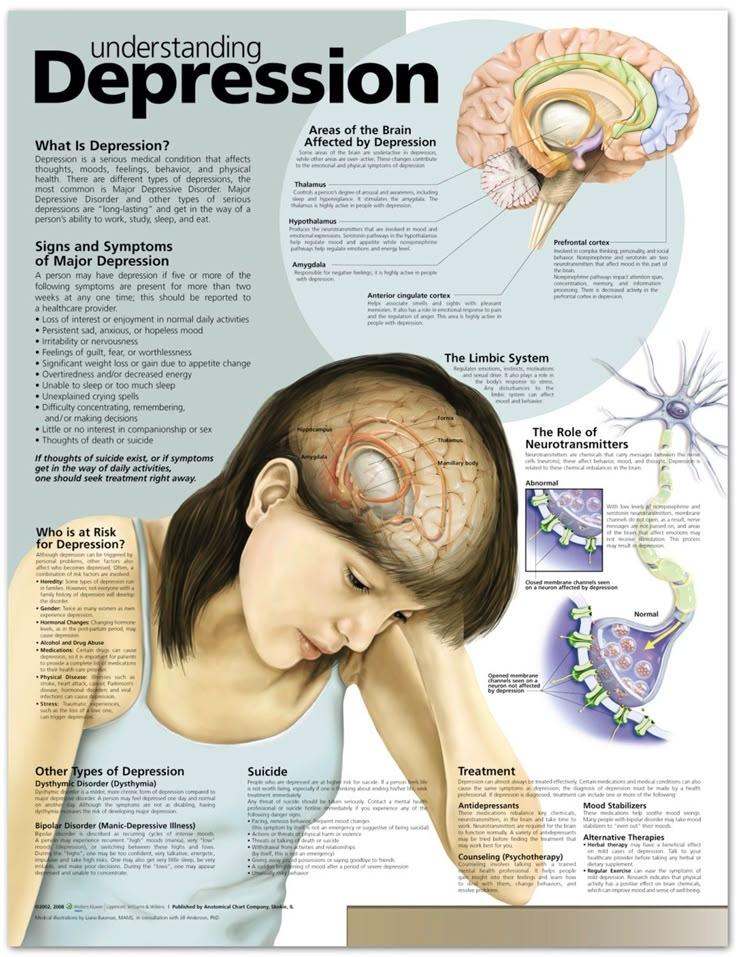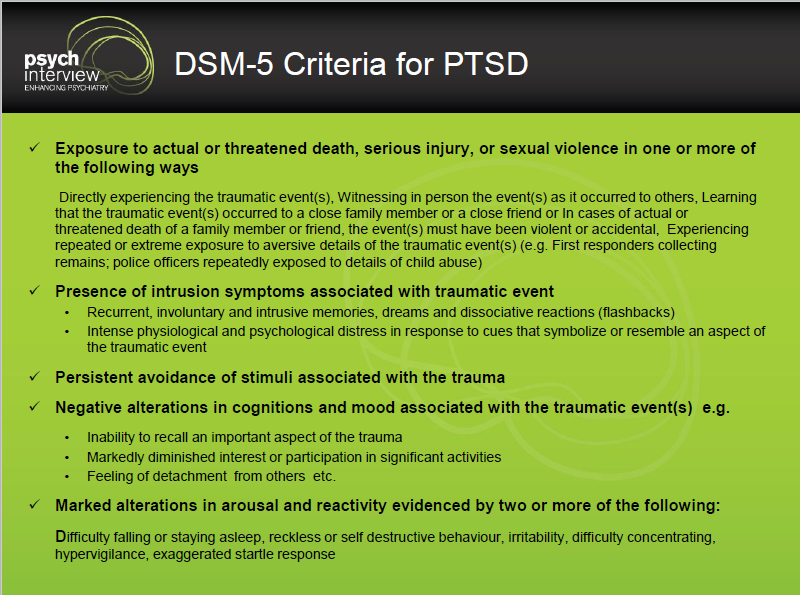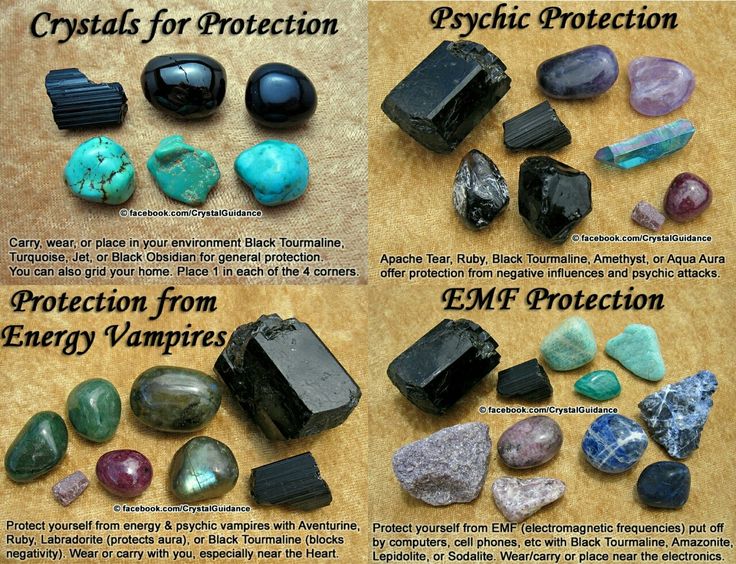Grieve and mourn
Grief vs. Mourning: How are They Different?
Grief and mourning are natural parts of healing after the loss of a loved one or friend. While grief and mourning relate to each other, they can each have a distinct impact.
Loss is a difficult and painful reality. Unfortunately, most people experience the loss of someone they love at some point in their life. People react differently to loss, and the effects might come and go or last for months or years.
Grief and mourning are common terms to describe feelings and behaviors following a loss. Although sometimes used interchangeably, grief and mourning represent different parts of loss. While grief represents the thoughts and feelings experienced following a loss, mourning includes outward expressions or signs of grieving. Knowing the differences between grief vs. mourning can help you understand the different aspects of coping with loss.
Grief: Internal Emotions
Grief is a common and normal psychological response following a death or loss. The definition or meaning of grief includes psychological and physiological symptoms in response to bereavement, that can change over time.
Grief includes an acute phase, which happens shortly after a loss is experienced. Symptoms of acute grief can include:
- Sadness
- Longing to be with the person who was lost
- Thoughts and memories of the person
- Anxiety
- Anger
These feelings and thoughts are a normal reaction to losing someone. Although they share similar symptoms, grief is different from depression and doesn’t require a clinical diagnosis. Grief can mean different things for different people and there is no right or wrong way to grieve. Over time, grief typically decreases and may become more of a background, rather than a dominant, feeling.
If feelings of grief do not lessen or become more manageable over time, this may be a sign of complicated grief. Complicated grief doesn’t follow the usual pattern of grief decreasing over time, and can mean that there are disruptions to the healing process. This can prevent a person from moving on or returning to their usual functioning and can cause lasting sadness and distress.
This can prevent a person from moving on or returning to their usual functioning and can cause lasting sadness and distress.
Related Topic: Complicated grief treatment
Mourning: External Expression of Loss
While grief refers to the internal experiences of loss, mourning is best defined as acts or outward expressions of grief. Some common examples of mourning can include preparing for a funeral, wearing black or sharing memories or stories about a loved one. These parts of the mourning process can be impacted by cultural practices or rituals and can give structure to the grieving process.
There is usually no formal guide for mourning, and the process can vary from person to person and can depend on the type of loss experienced. Losing someone can be considered a threat or risk of harm to the brain, so the process of mourning can help people to accept and emotionally process death or loss. The process of mourning allows people to form long-term memories of a loved one, and includes adapting and learning new ways to carry on without a person they cared deeply about.
Mourning can be a lengthy and painful process, but it is a healthy part of bereavement. Mourning can help people preserve the memory of loved ones and feel hopeful about living a happy and fulfilling life without them. Although mourning can be painful, the mourning process allows people to re-engage with their daily life and to feel joy and happiness again.
Recognizing the Difference Between Grief and Mourning
Grief and mourning are closely related to each other and can go hand in hand following the loss or death of a loved one. The difference between grief and mourning are the internal vs. external nature of the processes.
Grief relates to the thoughts and feelings that accompany a loss; from sadness to anger to longing to be with the person. On the other hand, mourning is how feelings of grief are shown to the public. They are acts or behaviors that show the sadness or hurt that someone is experiencing after losing someone they love.
Grief and mourning represent different but complementary parts of the healing process. Both grief and mourning can be intense and painful shortly following a loss but can decrease over time as healing and acceptance develop.
Both grief and mourning can be intense and painful shortly following a loss but can decrease over time as healing and acceptance develop.
Coping With Loss
Coping with loss can be a difficult and painful process. There are aspects of the grieving and mourning process that can help a person move beyond loss and live a happy and fulfilling life.
Because loss can be extremely painful and emotional, some people may be inclined to avoid or deny a loss in order to protect themselves from difficult thoughts and feelings. Avoiding the grieving process can prevent a person from processing death or loss in a healthy way, and can extend or halt the grieving process. Although difficult, addressing and processing a loss can help reduce grief over time. Grieving can help people honor the memory of a loved one, but also allow them to feel joyful and connected again.
Learning to cope with loss is an important emotional process and can help with overcoming grief. Healthy coping can include sharing memories of a loved one, self-reflection, talking with close companions, or focusing on positive emotions and aspects of the lost relationship.
Sometimes coping with loss can feel like too much to handle. If you or someone you care about is experiencing a substance use disorder related to the grief or mourning process, contact The Recovery Village today to discuss treatment options.
If you’re looking for other ways to help you navigate your way through grief and mourning, the Nobu app can help. It is free and for anyone that is looking to reduce anxiety, work through depression, build self-esteem, get aftercare following treatment, attend teletherapy sessions and so much more. Download the Nobu app today!
Editor – Renee Deveney
As a contributor for Advanced Recovery Systems, Renee Deveney is passionate about helping people struggling with substance use disorder. With a family history of addiction, Renee is committed to opening up a proactive dialogue about substance use and mental health. Read more
Medically Reviewed By – Dr. Sarah Dash, PHD
Dr. Sarah Dash is a postdoctoral research fellow based in Toronto..jpg?mode=max) Sarah completed her PhD in Nutritional Psychiatry at the Food and Mood Centre at Deakin University in 2017. Read more
Sarah completed her PhD in Nutritional Psychiatry at the Food and Mood Centre at Deakin University in 2017. Read more
Shear, Katherine M. “Grief and mourning gone awry: pathway an[…]of complicated grief.” Dialogues in clinical neuroscience, 2012. Accessed June 14, 2019.
Maddrell, Avril. “Mapping grief. A conceptual framework fo[…]ning and remembrance.” Social & Cultural Geography, October 15th, 2015. Accessed June 14, 2019.
Shear, Katherine M. “Complicated Grief.” The New England Journal of Medicine, January 8, 2015. Accessed June 14, 2019.
Medical Disclaimer
The Recovery Village aims to improve the quality of life for people struggling with substance use or mental health disorder with fact-based content about the nature of behavioral health conditions, treatment options and their related outcomes. We publish material that is researched, cited, edited and reviewed by licensed medical professionals. The information we provide is not intended to be a substitute for professional medical advice, diagnosis or treatment. It should not be used in place of the advice of your physician or other qualified healthcare providers.
It should not be used in place of the advice of your physician or other qualified healthcare providers.
Grieving vs. Mourning | TAPS
I often remind myself that there is no love without loss. And there is no integration of loss without the experience of mourning.
Your capacity to love requires the necessity to mourn. To deny the significance of mourning would be to believe that there is something wrong about loving. Yet I truly believe our greatest gift from God is our capacity to give and receive love. Likewise, it is a great gift that we can openly mourn our life losses.
You may have noticed that people tend to use the words “grieving” and “mourning” interchangeably. There is a critical distinction, however. We as humans move toward integrating loss into our lives not just by grieving but by mourning. You will move toward “reconciliation” not just by grieving but through active and intentional mourning. So what is the distinction?
Grief is the constellation of internal thoughts and feelings we have when someone we love dies. Think of grief as the container. It holds your thoughts, feelings, and images of your experience when someone you love dies. In other words, grief is the internal meaning given to the experience of loss.
Think of grief as the container. It holds your thoughts, feelings, and images of your experience when someone you love dies. In other words, grief is the internal meaning given to the experience of loss.
Mourning is when you take the grief you have on the inside and express it outside yourself. Another way of defining mourning is “grief gone public” or “the outward expression of grief.” There is no one right or only way to mourn. Talking about the person who died, crying, expressing your thoughts and feelings through art or music, journaling, praying, and celebrating special anniversary dates that held meaning for the person who died are just a few examples of mourning. Making the choice to not just grieve but authentically mourn provides you with the courage and confidence to integrate the death of someone loved into your life.
I have come to believe that to heal your grief, you must mourn it. To go on to ultimately “live well,” you must “mourn well.” By mourning well, I mean openly and honestly expressing your thoughts and feelings from the inside to the outside—no pretense, no repression, no inhibitions. Somewhere in the collision between the heart, which searches for permanency and connection, and the brain, which acknowledges separation and loss, there is a need for all of us to authentically mourn.
Somewhere in the collision between the heart, which searches for permanency and connection, and the brain, which acknowledges separation and loss, there is a need for all of us to authentically mourn.
Authentic mourning means being consciously aware of the painful emotions of grief and feeling safe to express them. This may seem odd, because your initial response following loss is instinctive and organic. The loss has taken place, and you naturally feel core feelings such as helplessness, anxiety, fear, despair, protest, and sadness.
Herein lies the paradox—a wide range of instinctive responses occur, but you get to decide as your grief unfolds into mourning if you will truly experience these responses or instead inhibit, suppress, or deny them. Actually, befriending such emotions is what makes it possible to experience, eventually, a sense of renewed meaning and purpose in your life. Yet the emotions you sometimes most want to avoid are the ones you most need to attend to.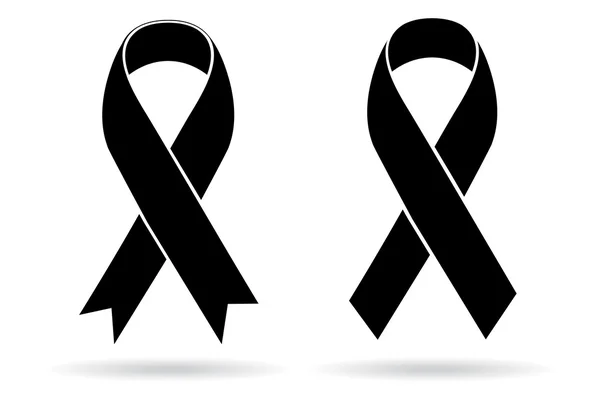
Being consciously aware of your need to mourn does not mean you are “feeling sorry for yourself” or wallowing in your pain. However, authentic mourning is allowing yourself to accept and to experience the natural rhythms that accompany the journey. Authentic mourning is anchored in making the conscious choice to allow yourself to mourn, to recognize that darkness sometimes precedes light, and to seek healing, repair, and transformation of your very being.
Of course, there are many reasons you might choose to grieve and not mourn. Your pain may seem intolerable. Since mourning won’t bring back your lost love, you may rationally try to “put it behind you.” After all, you tell yourself, mourning won’t bring the person back.
People around you often think they are helping when they say things like “carry on,” “keep your chin up,” and “keep busy.” Or you may feel that if you don’t “overcome” the loss, you are not living up to your testimony of faith that you have tried to live by.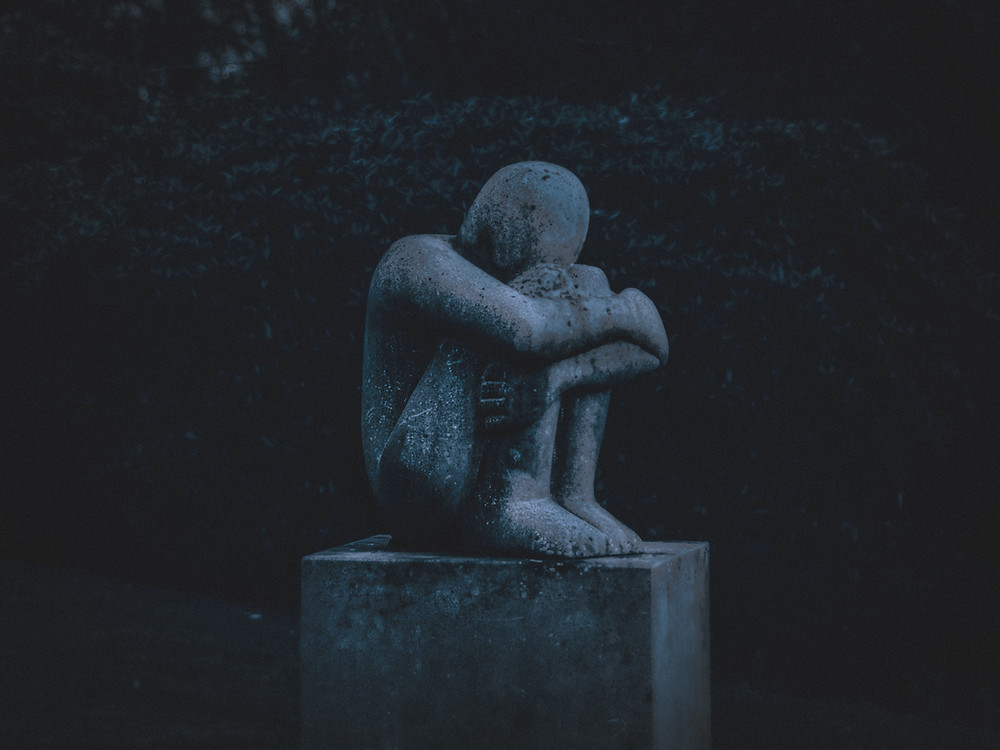
No doubt, some people—or maybe you yourself—may suggest that sufficient time has passed and that you should be “done” or “finished” with your grief and mourning. Perhaps as a child or teen you were taught in your family not to express grief in front of others. Some people have shared with me that they fear they will “go crazy” if they allow themselves to encounter their grief. Or perhaps you have decided to deny or repress your grief because you feel it interferes with your ability to function at work and/or home.
All of these potential reasons and many more are often rooted in a reluctance to feel the pain of loss and a general attitude toward grief that is present in our “mourning-avoidant” culture. There is a widespread lack of understanding about how to befriend painful grief energies and use those energies for healing and transformation.
The opposite of befriending pain and allowing ourselves to mourn is control. Underneath the controlling impulse is fear: the fear that we will experience feelings that are painful.
As grief enters our lives, many of us have been taught that giving these feelings too much attention is a sign of weakness or breakdown. In fact, many people try to head off losses in the first place by controlling. After all, you don’t have to grieve and mourn if everything comes out your way.
I believe we control because we are afraid of the emotions that grief brings our way. We don’t like being overcome by the waves of grief and sorrow. We don’t like “losing control.” And until we come to realize there is a natural, normal mourning experience that can result in meaningful transformation, we have little awareness of the need to experience the pain we call grief. In addition, the emotions of grief are often referred to as “negative,” as if they are inherently bad feelings. This judgment feeds our culture’s attitude that these emotions should be denied or overcome.
Married to this observed truth is the reality that society gives us little permission to openly mourn. We realize that the better we appear to be coping, the easier it is for people to be around us. People invite you to assure them how “well” you are doing and generally encourage you to “keep busy” and “keep your chin up.” Sadly, authentic mourning is often seen as a weakness, a flaw, or a self-indulgence, instead of an emotional and spiritual necessity.
People invite you to assure them how “well” you are doing and generally encourage you to “keep busy” and “keep your chin up.” Sadly, authentic mourning is often seen as a weakness, a flaw, or a self-indulgence, instead of an emotional and spiritual necessity.
So, unfortunately, there are multiple forces working against your organic instinct to mourn in the face of loss. The choice to experience and express your grief to its fullest can indeed be difficult in our mourning-avoidant culture. Yet no matter how difficult, if you do make the choice to authentically mourn in the ways that are unique to your being, you will have begun to return to life, to living, and to loving! If you come to embrace the truth that mourning is a natural extension of loving, you will come to see mourning as part of the natural order of life.
So, each day, ask yourself this critical question: “Will I grieve this loss, or will I mourn this loss?” Having the courage to mourn can breathe life back into your divine spark. Choosing to authentically mourn can and will help you experience a time of release and renewal.
Choosing to authentically mourn can and will help you experience a time of release and renewal.
Of course, this does not mean your journey is over and done, but it does mean you are empowering yourself. To empower means to give or add power, to propel. When you empower yourself through mourning, you will begin to feel a gentle strength that runs through your body and your soul. Yes, asking and answering this critical question can help empower you.
From the pen of…
Alan D. Wolfelt, Ph.D., is the founder and director of the Center for Loss and Life Transition and a member of the TAPS Advisory Board. This article is excerpted from his book, Eight Critical Questions for Mourners: And the Answers That Will Help You Heal, published by Companion Press and available at centerforloss.com.
"To be sad" how to spell it correctly? - check spelling
If you want to know how a word is spelled correctly, you need to find out what part of speech it is.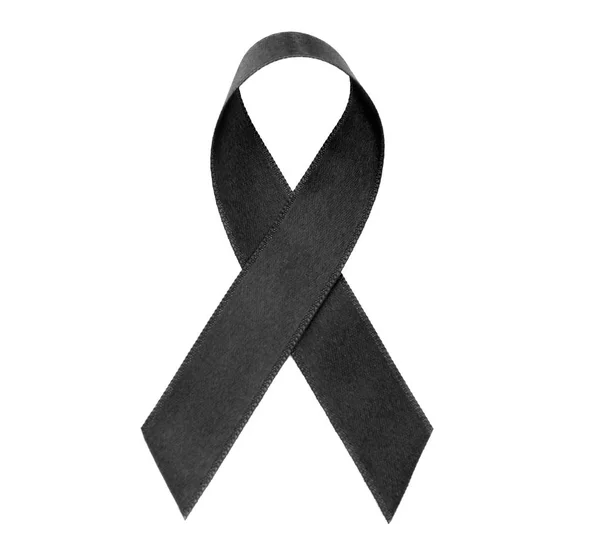 Then find the rule of the Russian language, which determines the spelling. Let's figure it out.
Then find the rule of the Russian language, which determines the spelling. Let's figure it out.
Correct spelling:
"SAD"
Few people can pass this test in Russian the first time! Try your hand!
Other forms of the word "sad"
In this section we give all possible forms of the word, declension by cases (if possible according to the rules of Russian), singular and plural of the word sad
Base form of the word GREED
Infinitive:
be sad
| Face | Unit number | Mn. number |
|---|---|---|
| 1 | sad | sad |
| 2 | sad | sad |
| 3 | sad | sad |
| Unit number | Mn. number | ||
|---|---|---|---|
| male | women | avg. | |
| sad | sad | sad | sad |
| Unit number | Mn. number |
|---|---|
| sadness | sad |
| present | past |
|---|---|
| sad | sad, sad |
| Unit number | Mn. number | |||
|---|---|---|---|---|
| male genus | Female genus | Neutral | ||
| Im. | sad | sad | sad | sad |
| Gen. | sad | sad | sad | sad |
| Ref. | sad | sad | sad | sad |
| Vinit. shower | sad | sad | sad | sad |
Vinit.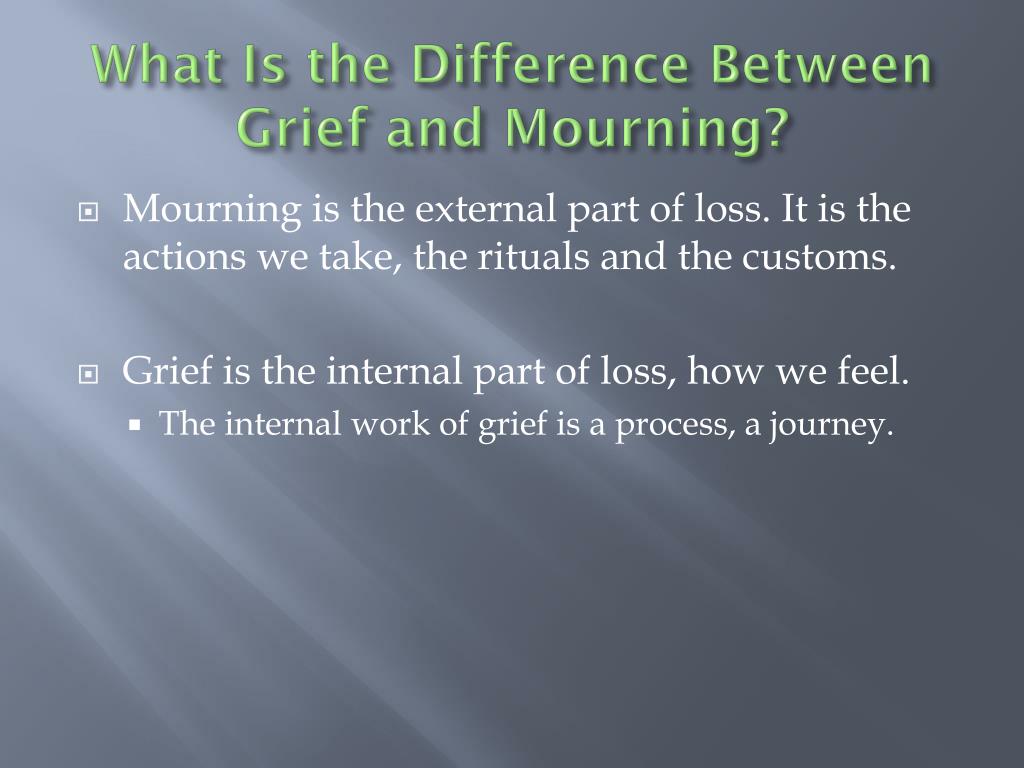 inanimate | sad | sad | sad | sad |
| Tv. | sad | sad, sad | sad | sad |
| Prev. | sad | sad | sad | sad |
| Cr. incl. | - | - | - | - |
| Unit number | Mn. number | |||
|---|---|---|---|---|
| male genus | Female genus | Neutral | ||
| Im. | sad | sad | sad | sad |
| Gen. | sad | sad | sad | sad |
| Ref. | sad | sad | sad | sad |
| Vinit. shower | sad | sad | sad | sad |
Vinit.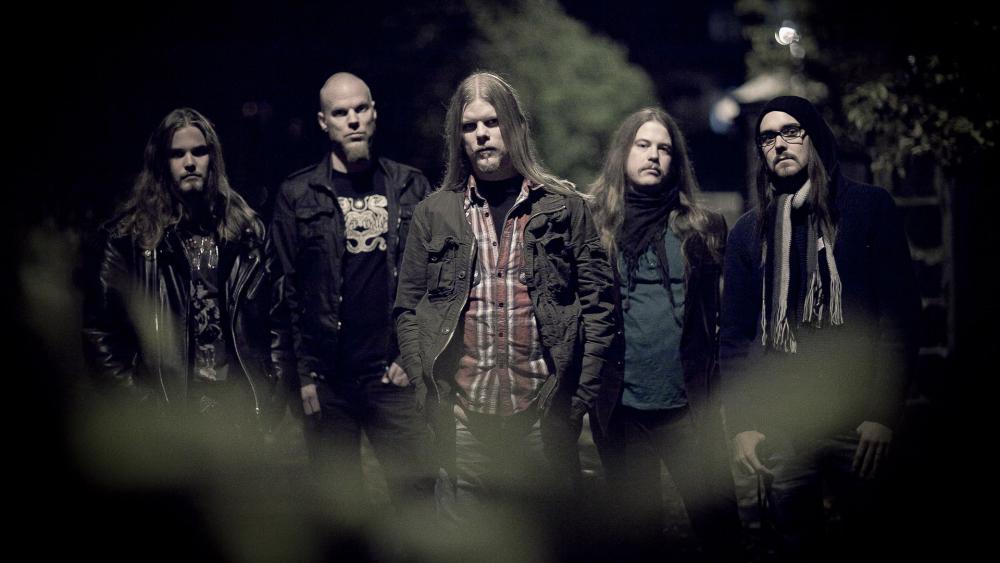 inanimate | sad | sad | sad | sad |
| Tv. | sad | sad, sad | sad | sad |
| Prev. | sad | sad | sad | sad |
| Cr. incl. | - | - | - | - |
For example
Will you be sad about each other?
The girl's mother died and that's why she was always sad .
Pleasant memories and a touch of sadness …
He is still sad about me.
why is being sad useful? — T&P
Most people would like to learn how to control their feelings, so many people focus on positive emotions and try to ignore negative ones. As recent research suggests, this behavior may not be the best solution.
 The Cut tells how to deal with negativity and benefit from unpleasant situations. "Theories and Practices" outlined the main thing.
The Cut tells how to deal with negativity and benefit from unpleasant situations. "Theories and Practices" outlined the main thing. We often feel that negative emotions are counterproductive and kill motivation. At the same time, we must not forget that negativity can serve as a catalyst for some processes and benefit us. For example, a rapidly approaching deadline often forces a person to speed up and complete the task on time. But more often than not, people just don't know how to deal with negative emotions. According to research, people who accept all their feelings without beating themselves up about them tend to get rid of negativity faster. Moreover, they are less prone to so-called "meta-emotional reactions" (for example, when we are sad because we are sad). That is, if we accept our emotions and do not wind ourselves up, then they go through their natural cycle (and it is quite short) and disappear.
The latest research on this subject was conducted by Brett Ford, lecturer in the Department of Psychology at the University of Toronto. About a thousand people filled out a questionnaire in which they told, in particular, how satisfied they were with life and how often they get into stressful situations. In addition, they had to describe the symptoms they were experiencing and their relationship to these conditions. Ford and her colleagues found that people who accept unpleasant emotions have better mental health. It also turned out that the strongest influence on their condition is not how problem-free they live, but how they cope with stressful situations.
About a thousand people filled out a questionnaire in which they told, in particular, how satisfied they were with life and how often they get into stressful situations. In addition, they had to describe the symptoms they were experiencing and their relationship to these conditions. Ford and her colleagues found that people who accept unpleasant emotions have better mental health. It also turned out that the strongest influence on their condition is not how problem-free they live, but how they cope with stressful situations.
"People who accept unpleasant emotions are more mentally healthy"
Intuition tells us otherwise. For example, if a person does not have difficulties with money and health, it seems to us that everything should turn out better for him than for a poor person who is forced to work 70 hours a week. But if at the same time the latter accepts all the negativity, then he can be happier than the rich man, who objectively has fewer reasons for sadness, but who fixates on negative emotions.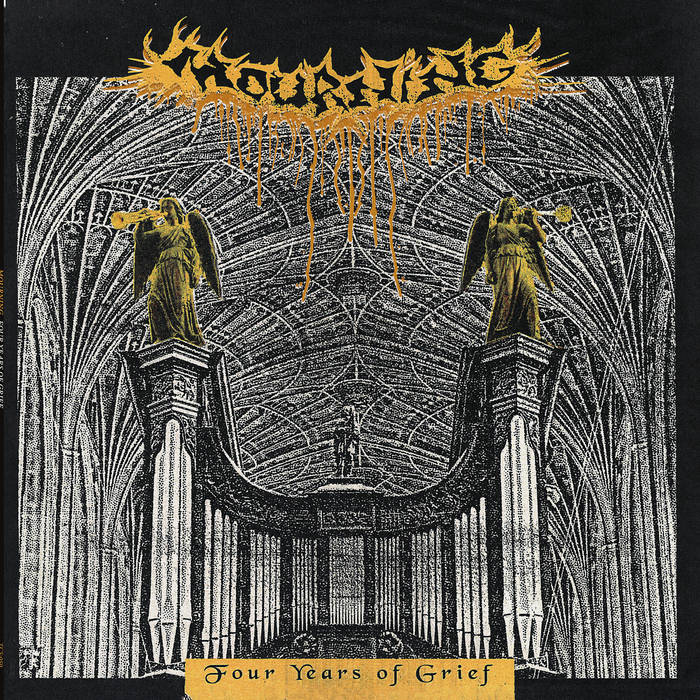
To verify their theory, the researchers conducted an experiment for which they selected 160 women (half of them had experienced stressful situations within the past six months). Participants were asked to complete a simple task (watch a video) and an exciting task (give a speech in front of an audience and under the guns of cameras). During both tasks, women recorded their condition. As a result, it turned out that the participants who accepted their negative emotions experienced much less negativity.
Finally, Ford and her colleagues conducted another study: they asked 222 men and women to keep a diary for two weeks. Every evening they had to describe the stressful situations that happened to them during the day. Some wrote about especially nervous moments (for example, a phone call from a son from prison), others talked about milder irritants like minor quarrels with a significant other. Also, in each entry, the participants indicated what negative emotions and at what level they experienced.
